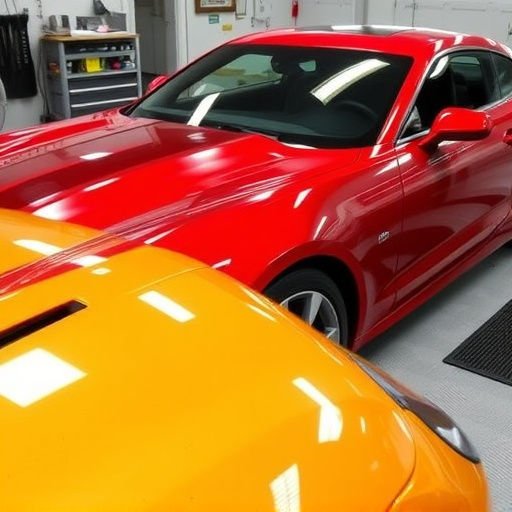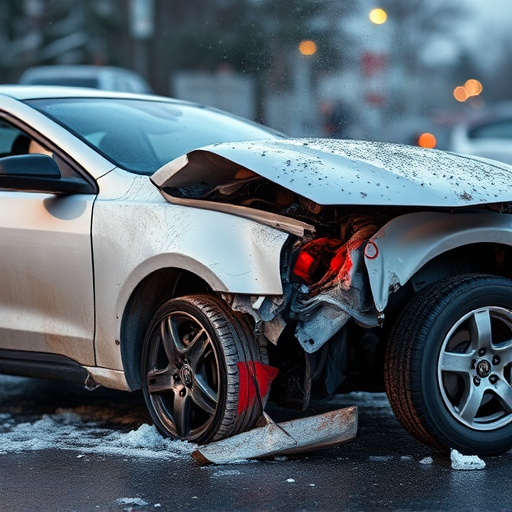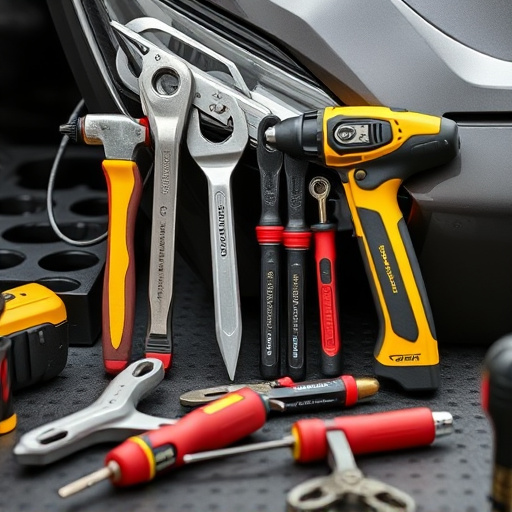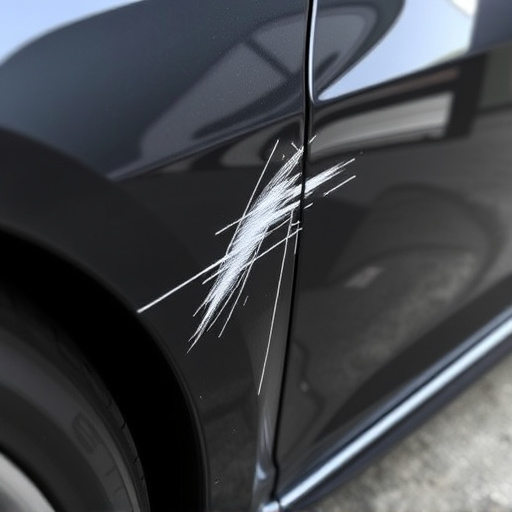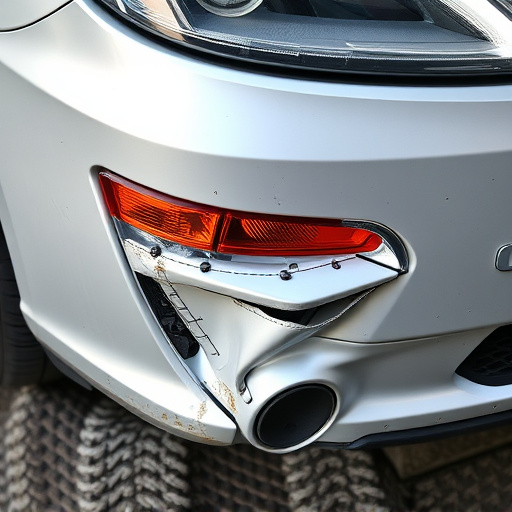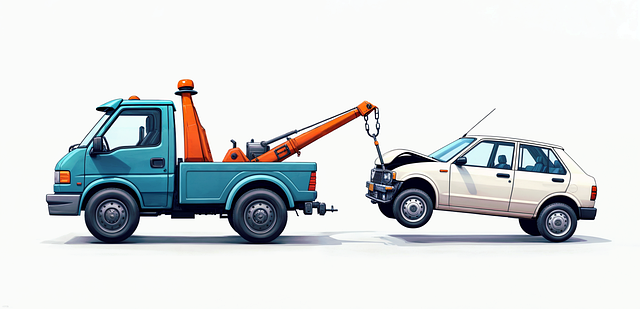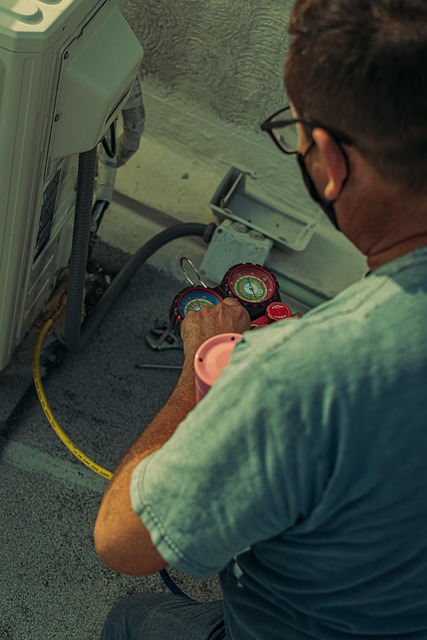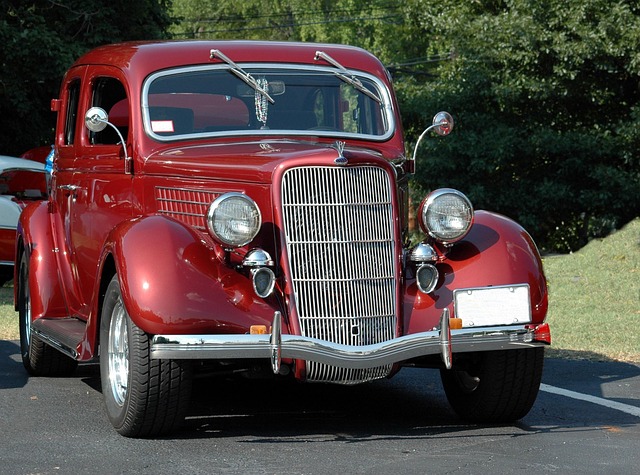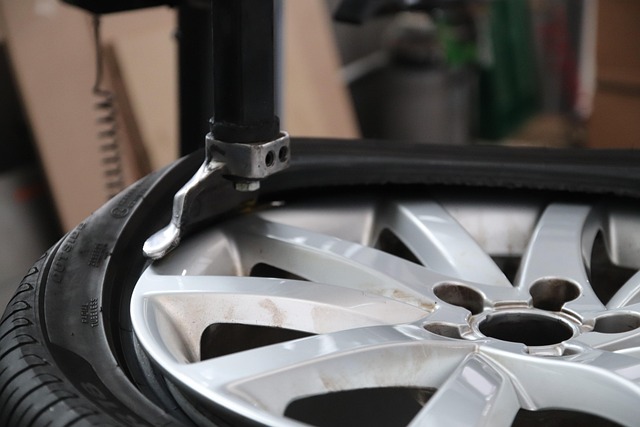Power window repair is essential for modern vehicle maintenance, ensuring safe and efficient operation. Prompt diagnosis and skilled repairs extend the lifespan of these features, preventing complex auto body work and upholding safety standards. Regular upkeep enhances driver control, comfort, and overall vehicle usability, eliminating frustration and safety risks.
Power window repair is more than just fixing a broken feature; it’s about enhancing vehicle usability and safety. Understanding how these mechanisms work, from motor operation to gear systems, is crucial for effective repairs. A successful fix improves not only the convenience of opening and closing windows but also overall vehicle functionality. This article explores these key aspects, providing insights into how power window repair can transform a car’s practicality and comfort.
- Understanding Power Window Mechanisms
- Impact of Repair on Vehicle Functionality
- Enhancing Usability Post-Repair
Understanding Power Window Mechanisms
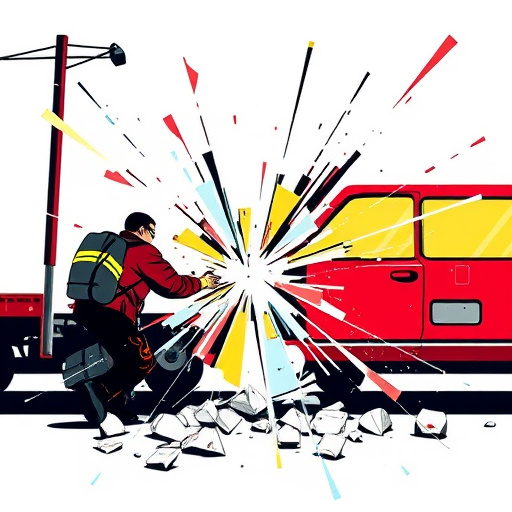
Power windows are a ubiquitous feature in modern vehicles, offering convenience and ease of use. Understanding their mechanisms is key when addressing any issues that may arise. These windows operate through a complex system involving motors, gear trains, cables, and switches. When a power window needs repair, it’s often not just about replacing a part but diagnosing the problem accurately. For instance, a malfunctioning window might be due to worn-out gears, a faulty motor, or even an issue with the control module.
Proper power window repair ensures the safety and efficiency of this essential feature. It requires skilled technicians who can navigate these intricate systems without causing further damage. Regular maintenance and timely repairs extend the lifespan of power windows, preventing more complex and costly autobody repairs. As with any vehicle component, addressing power window issues promptly enhances overall car repair services and keeps drivers safe while on the road.
Impact of Repair on Vehicle Functionality

When it comes to the overall functionality of a vehicle, power window repair plays a pivotal role. The smooth operation of power windows is not just about convenience; it significantly impacts the driver’s control and comfort while on the road. A well-performed power window repair ensures that windows can be easily raised or lowered at the push of a button, enhancing user experience during various driving conditions. This enhancement in control extends to weather protection, allowing drivers to adjust windows swiftly during rain or strong winds.
Moreover, addressing power window issues promptly prevents more complex auto repairs down the line. Auto repair shops specializing in such services can identify and fix problems like faulty switches, worn-out motors, or broken cables, all of which are essential components for proper auto body repairs and maintenance. Regular upkeep ensures that these features remain reliable, contributing to a safer and more enjoyable driving experience, without the need for extensive auto painting or other costly repairs.
Enhancing Usability Post-Repair
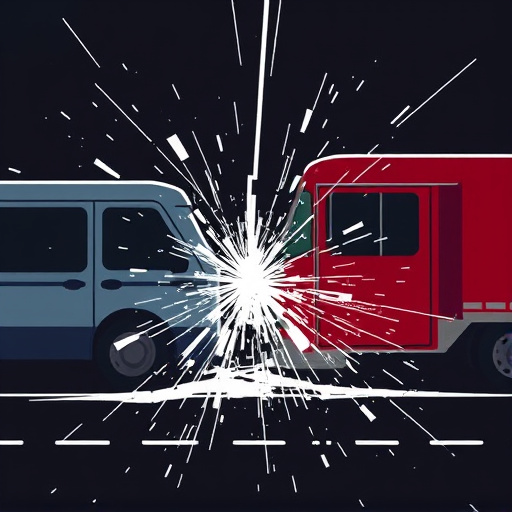
After a successful power window repair, the usability of the vehicle undergoes a significant enhancement. Drivers can now operate their windows with ease, ensuring a comfortable and safe driving experience. This simple yet crucial fix eliminates the frustration of manual adjustments or the risk of further damage, especially in cases where a fender bender has caused minor but critical issues.
The repair process itself, which often involves replacing damaged components or fixing mechanical faults, allows for better control over window functions. As such, auto repair shops skilled in power window repair not only restore the vehicle’s original functionality but also contribute to improved driver satisfaction and overall vehicle usability.
Power window repair is a game-changer for vehicle usability, significantly enhancing both functionality and driver comfort. By understanding the intricate mechanisms behind power windows, effectively addressing repair needs, and implementing post-repair optimization strategies, car owners can ensure their vehicles offer a seamless, efficient driving experience. This process not only restores optimal usability but also contributes to the overall longevity of the vehicle’s window systems.

